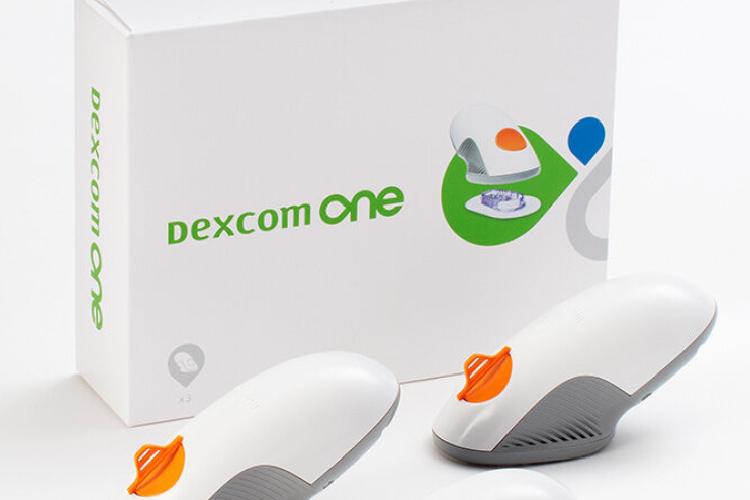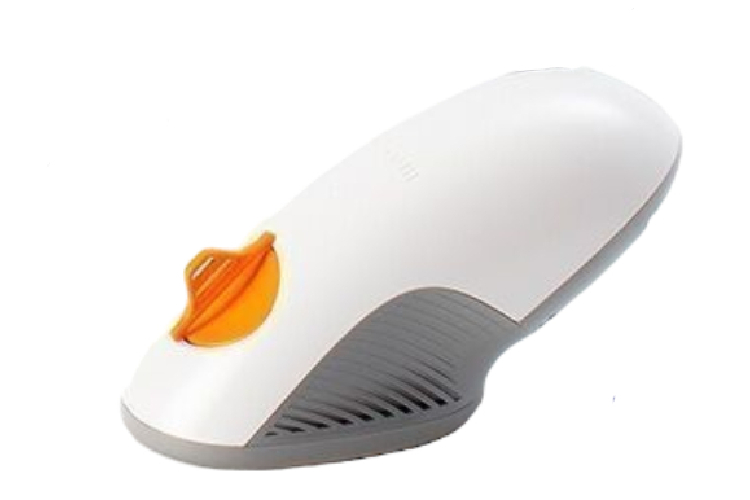Navigating the Dexcom G6 Sensor for Optimal Glucose Control

Navigating the Dexcom G6 Sensor for Optimal Glucose Control is a comprehensive guide for people with diabetes that provides detailed information about the Dexcom G6 continuous glucose monitoring system. This guide explains how to use the Dexcom G6 to track and manage blood glucose levels. It covers topics such as using the Dexcom G6 app, setting up alarms, understanding glucose trends, and adjusting insulin doses. It also provides tips on how to troubleshoot common issues and maximize the benefits of the Dexcom G6 technology. With its step-by-step instructions and helpful tips, this guide is an invaluable resource for anyone looking to take control of their diabetes with the Dexcom G6.
What is the Dexcom G6 Sensor and How Does it Work?
The Dexcom G6 Sensor is a medical device used to monitor and track glucose levels in people with diabetes. It is a small device worn on the skin that measures and sends glucose readings to a compatible device. The Dexcom G6 Sensor is composed of three parts: a sensor pod, a transmitter, and an adhesive patch. The sensor pod contains a small glucose sensor that monitors glucose levels in the body and sends the data to the transmitter. The transmitter is a small, water-resistant device that contains a Bluetooth antenna and is worn on the skin near the sensor pod. The transmitter sends the glucose readings to compatible devices, such as phones and watches, so that the user can track their glucose levels. The adhesive patch is a thin, clear adhesive that helps keep the sensor and transmitter in place.

Why Use the Dexcom G6 Sensor for Glucose Control?
The Dexcom G6 Sensor is an effective tool for managing diabetes because it allows users to continuously monitor their glucose levels and adjust their diabetes treatment accordingly. This helps prevent serious health complications such as hypoglycemia (low blood sugar) and hyperglycemia (high blood sugar). The device also provides real-time alerts when glucose levels are too high or too low, so users can take action quickly before their condition worsens. Additionally, the Dexcom G6 Sensor can be used to track trends in glucose levels over time. So users can make lifestyle changes to better manage their diabetes.
Tips for Achieving Optimal Glucose Control with the Dexcom G6 Sensor
To get the most out of the Dexcom G6 Sensor. It is important to understand how it works and how to use it properly. It is important to follow the instructions for properly inserting and removing the sensor and to check the accuracy of the readings. Additionally, users should make sure to wear the transmitter at all times and regularly check the battery life of the device. It is also important to adjust diabetes treatments accordingly when glucose levels are too high or too low.
How to Properly Insert and Remove the Dexcom G6 Sensor?
Inserting the Dexcom G6 Sensor is a simple process that requires a few steps. First, the user should wash their hands with soap and water and then dry them with a clean towel. Next, the user should insert the sensor into the adhesive patch and place it on the site where it will be worn. Finally, the user should apply pressure to the patch for 30 seconds to ensure that the sensor is securely attached. To remove the Dexcom G6 Sensor, the user should simply peel off the adhesive patch and pull the sensor out.
How to Interpret the Data from the Dexcom G6 Sensor?
The Dexcom G6 Sensors provide a wealth of data that can help users better manage their diabetes. The sensor provides real-time glucose readings, as well as historical data that can be used to track trends over time. Additionally, the sensor provides alerts when glucose levels are too high or too low, so users can take action quickly. The data can also be used to adjust diabetes treatments accordingly.
Strategies for Adjusting Glucose Levels with the Dexcom G6 Sensor
When glucose levels are too high or too low, users should adjust their diabetes treatments accordingly. This may include changing the timing or dosage of insulin injections, increasing or decreasing physical activity, or making dietary changes. Additionally, users should be aware of any medications or treatments that may affect their glucose levels and adjust their diabetes treatments accordingly.
Troubleshooting Tips for the Dexcom G6 Sensor
If the Dexcom G6 Sensors are not working properly, there are a few troubleshooting tips that can help. First, users should make sure the sensor and transmitter are properly inserted and the adhesive patch is securely attached. Additionally, users should check the battery life of the device and make sure that the glucose readings are accurate. If the device is still not working properly, users should contact their healthcare provider for further assistance.
conclusion
Navigating the Dexcom G6 Sensors for optimal glucose control is a simple process when done correctly. It involves a few steps: first, the user inserts the sensor under the skin, ensuring it is secure and in the correct location. Second, they set up the receiver and transmitter, connecting the two and verifying they are working properly. Third, they calibrate the sensor to ensure accuracy. Finally, they may need to check the sensor periodically to ensure it is still working correctly. Once these steps are completed, the user can rely on the Dexcom G6 Sensors to provide accurate and timely glucose readings. Allowing them to take the necessary steps to maintain optimal control of their diabetes.

Glenda Eaton is a versatile writer known for her expertise in various topics, including construction. With a knack for research and a flair for writing, she delves into diverse subjects to captivate readers.







